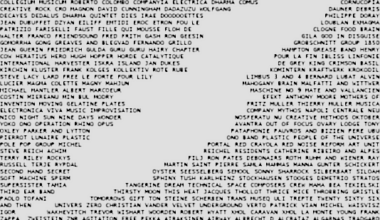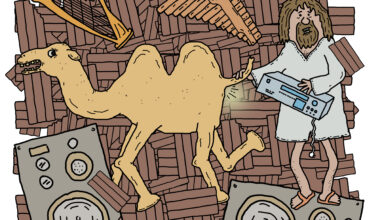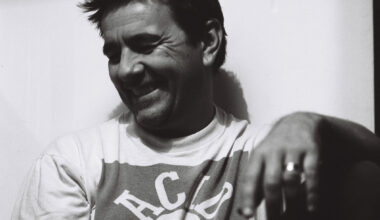Duran Duran man Nick Rhodes recalls the launch of his 1984 book and subsequent London exhibition, ‘Interference’, which were brought to life by eminent graphic designer Malcolm Garrett
Want to read more?
Sign up to Electronic Sound Premium to gain access to every post, video, special offers, and more. 100%, all you can eat, no commitment, cancel any time.
Already a premium member? Log in here





